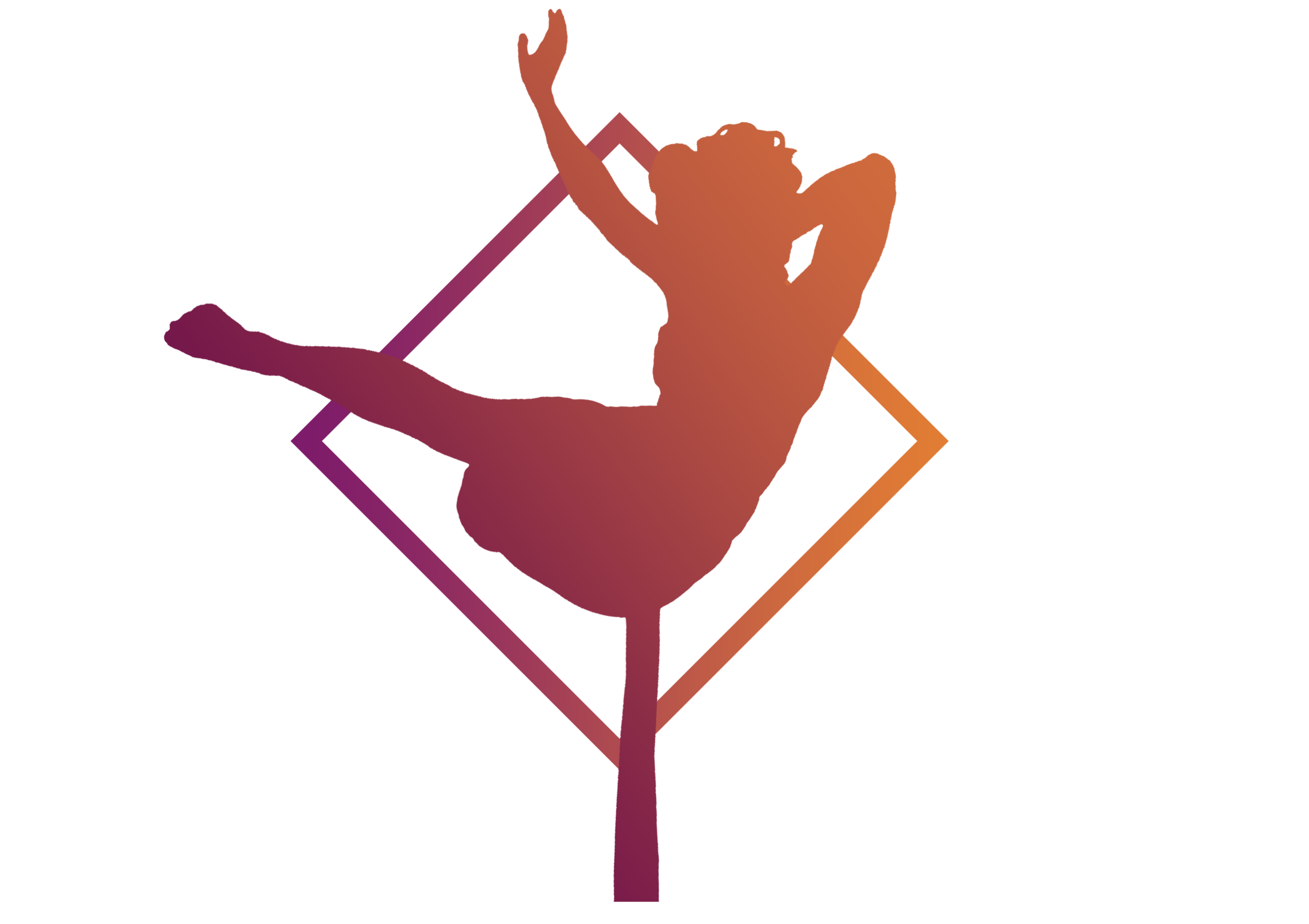The Difference Between Aerial Sling and Aerial Yoga Hammock
Hey there! I’m happy you stumbled across this blog :) You have probably found it because you are interested in learning more about aerial arts, specifically aerial yoga or aerial sling/hammock! Aerial sling and aerial yoga hammock are both versatile aerial apparatuses used in aerial arts and fitness, but they have some key differences in terms of design, usage and purpose. In this blog, I want to explore the distinctions between these two pieces of equipment to help you understand which one might be the right choice for your aerial practice!
Design and Structure:
Aerial Sling: Also known as an aerial hammock or aerial silk hammock. An aerial sling is typically a single piece of fabric, often made of nylon or silk which is rigged from a singlular anchor point. It forms a loop, creating a seat or hammock-like structure where you can sit, lie, wrap, dance and perform various aerial poses and tricks. They should have a swivel on the overhead anchor which allows you to freely spin while dancing and flowing!
Aerial Yoga Hammock: Aerial yoga hammocks are specifically designed for aerial yoga practice. They consist of a looped single piece of fabric, often with more than one anchor or attachment point, handles and adjustable straps. These hammocks are typically made from high-strength nylon or silk fabric. Aerial yoga hammocks are typically rigged very low to the ground and are not very long themselves, making it more difficult and actually very unsafe to perform dynamic dance moves or drops in them. Since aerial yoga hammocks are typically found in a double point set-up, they often do not have swivels on them which make it more difficult to truly dance on them.
Purpose:
Aerial Sling: Aerial slings are very versatile and can be used for a wide range of skill levels. They offer the flexibility to perform both dynamic and static movements, allowing for creativity in choreography and performances.
Aerial Yoga Hammock: Aerial yoga hammocks are designed primarily for aerial yoga practice. They provide support for traditional yoga poses, allowing practitioners to deepen stretches, improve balance and explore inversions in a suspended and supportive environment.
Usage:
Aerial Sling: Aerial sling routines can include fluid movements, drops, rolls and spins, making it suitable for aerialists who want to focus on dynamic sequences, dance and acrobatics. It is also used in aerial conditioning exercises.
Aerial Yoga Hammock: Aerial yoga hammocks are primarily used for yoga-based practices. They support yoga poses, stretches, and relaxation techniques, promoting mindfulness and body awareness. They are suitable for individuals looking for a combination of yoga and aerial fitness.
Rigging and Safety:
For both Aerial Sling and Aerial Yoga Hammock: Rigging any aerial related activity requires an engineered anchor point or freestanding aerial rig. Safety considerations include proper rigging techniques and installation completed by a competent rigger, only utilizing secure and engineered overhead anchor points, and using appropriately rated hardware that falls within your intended use.
Accessibility:
Aerial Sling: Aerial slings are more versatile and accessible for experienced aerialists who want to explore a wide range of movements and tricks.
Aerial Yoga Hammock: Aerial yoga hammocks are designed with yoga practitioners in mind and are accessible to a broader audience, including those with limited aerial experience.
While both aerial sling and aerial yoga hammock are fantastic tools for aerial fitness and artistic expression, the choice between them depends on your specific goals and preferences. Aerial slings offer versatility and creativity for experienced aerialists, while aerial yoga hammocks are tailored to the practice of yoga and may be more accessible for beginners or those focused on yoga-based fitness. Always prioritize safety, proper training and qualified instruction when using either of these aerial apparatuses!
